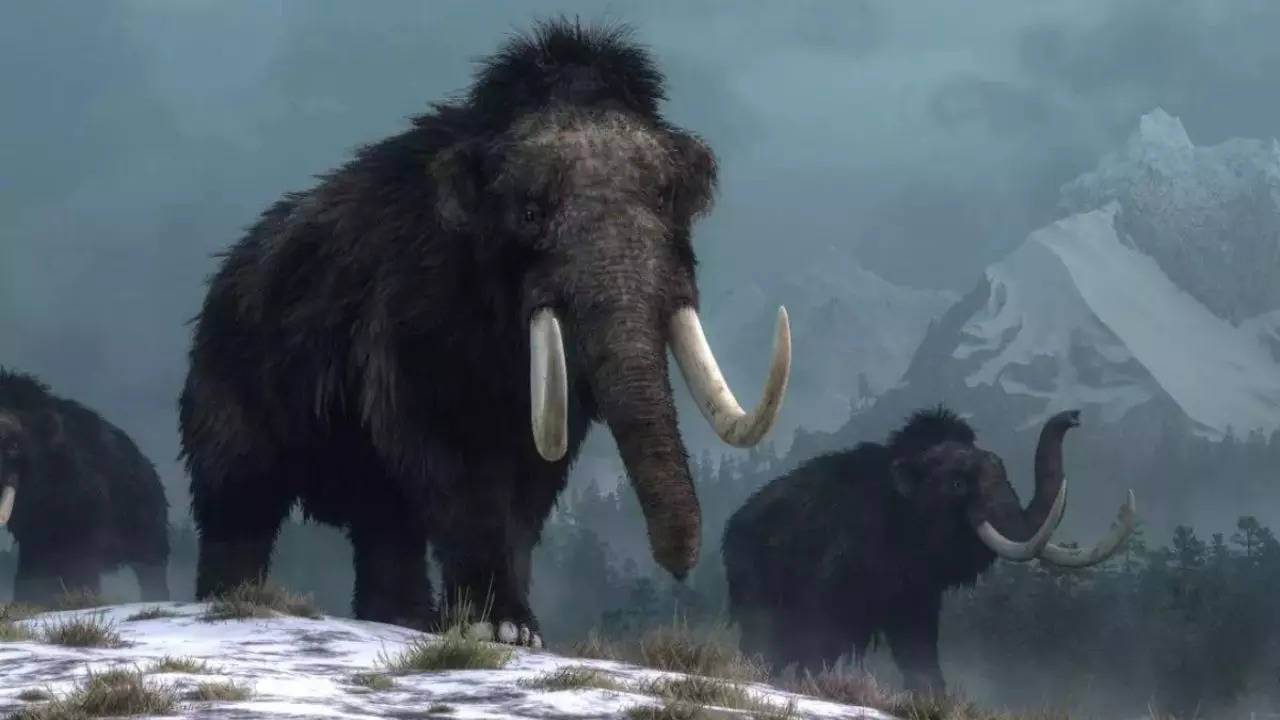The Role of Human Hunting in Megafauna Extinctions
For over 50,000 years, scientists have been engaged in a longstanding debate about the primary cause of megafauna extinctions – whether it was due to human activities or climate change. A recent study from Aarhus University’s ECONOVO Center has shed new light on this topic, concluding that human hunting played a significant role in the disappearance of many large animal species.
The study authors wrote, “Across the last ~50,000 years (the late Quaternary) terrestrial vertebrate faunas have experienced severe losses of large species (megafauna), with most extinctions occurring in the Late Pleistocene and Early to Middle Holocene. Debate on the causes has been ongoing for over 200 years, intensifying from the 1960s onward.”
By examining various fields of study, the researchers found strong evidence supporting human pressures as the key driver of these extinctions. “Our review shows that there is little support for any major influence of climate, neither in global extinction patterns nor in fine-scale spatiotemporal and mechanistic evidence,” said the researchers.
While the climate changes of the Late Pleistocene (130,000 to 11,000 years ago) did impact various species, the most dramatic extinctions were primarily among large animals. Study lead author Jens-Christian Svenning, a macroecologist at Aarhus, noted, “The large and very selective loss of megafauna over the last 50,000 years is unique over the past 66 million years.” This period saw no similar large-scale selective extinctions due to climate alone, indicating that human influence was substantial.
Evidence shows that early modern humans were effective hunters of large animals, leading to extinction of mammoths and giant sloths worldwide. These extinctions occurred at different rates and times but consistently followed the arrival of modern humans or significant cultural advancements. The extinctions happened across all continents except Antarctica and in various ecosystems, from tropical forests to arctic environments.
The loss of megafauna has had significant ecological consequences, altering vegetation structures, seed dispersal, and nutrient cycling. Large animals play central roles in ecosystems, and their disappearance has led to profound changes in ecosystem structures and functions.
Svenning emphasized the importance of active conservation and restoration efforts, stating, “By reintroducing large mammals, we can help restore ecological balances and support biodiversity, which evolved in ecosystems rich in megafauna.” This approach could mitigate the changes caused by the extinction of these large species and support the restoration of ecological balances.
The study incorporated various research fields to present a comprehensive view of the extinctions, drawing on climate history, vegetation history, fauna evolution, and archaeological data on human expansion and lifestyle. This interdisciplinary approach provided a broader understanding of the factors contributing to the loss of megafauna.
The researchers noted, “A broad range of evidence indicates that the megafauna extinctions have elicited profound changes to ecosystem structure and functioning.” They further added, “The late-Quaternary megafauna extinctions thereby represent an early, large-scale human-driven environmental transformation, constituting a progenitor of the Anthropocene, where humans are now a major player in planetary functioning.”









